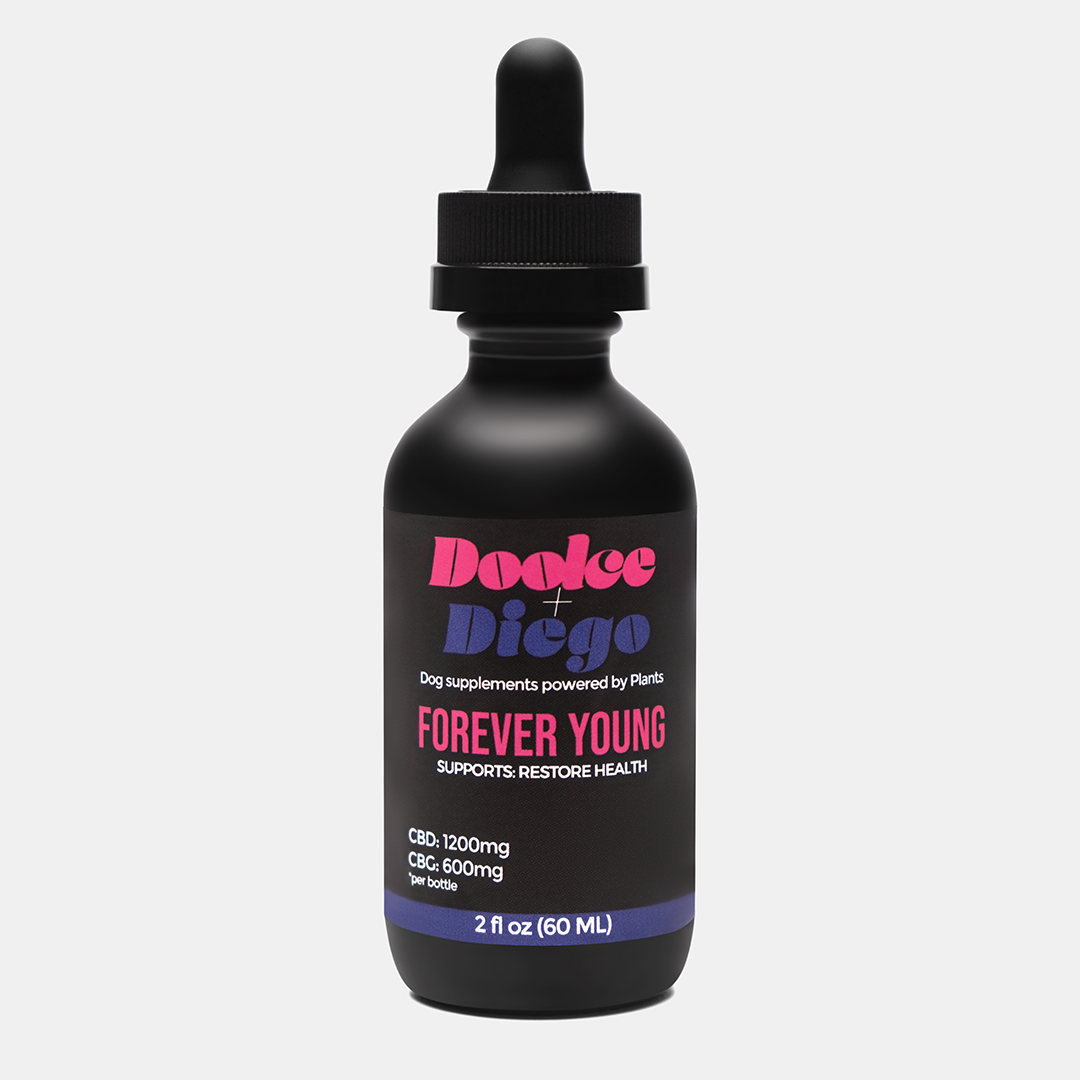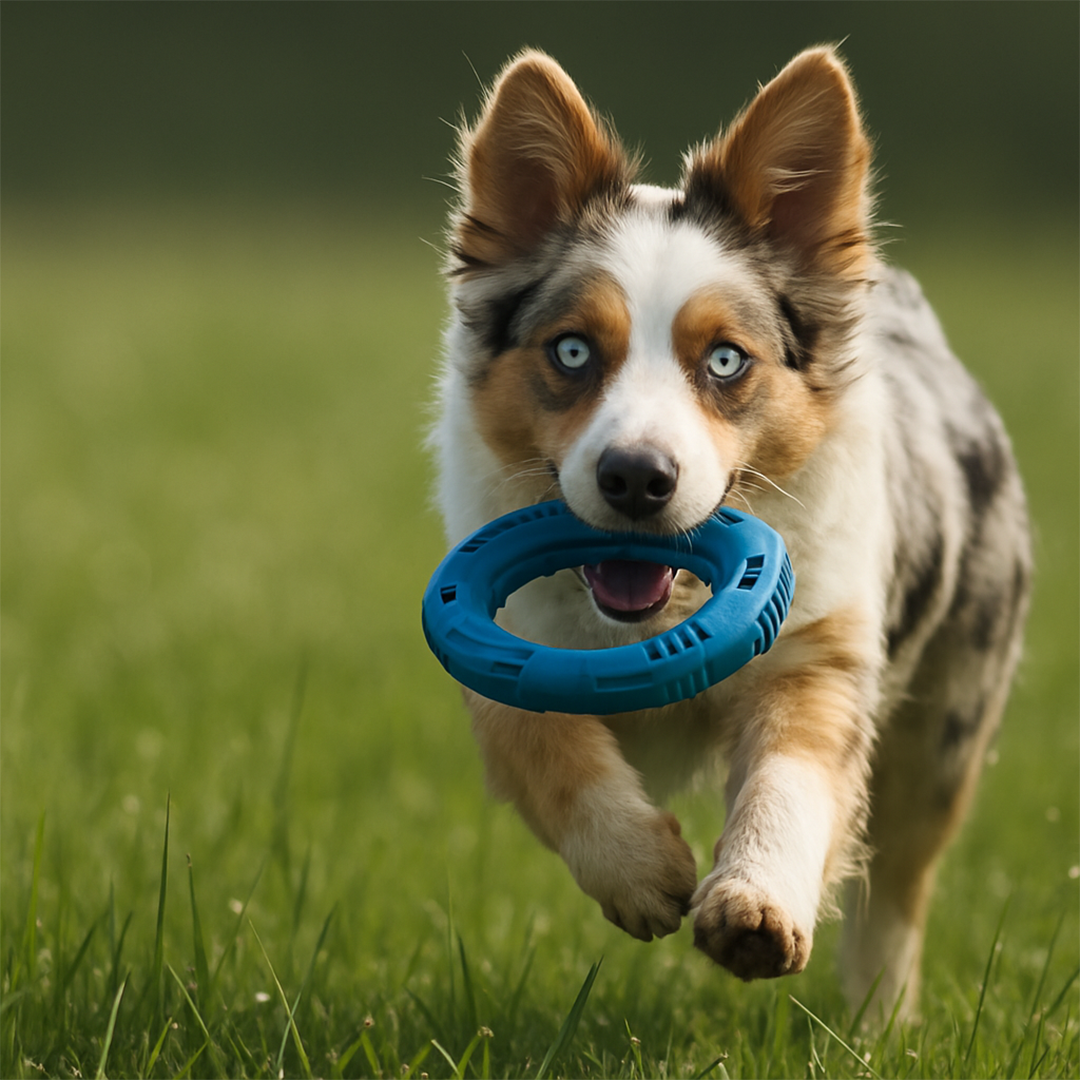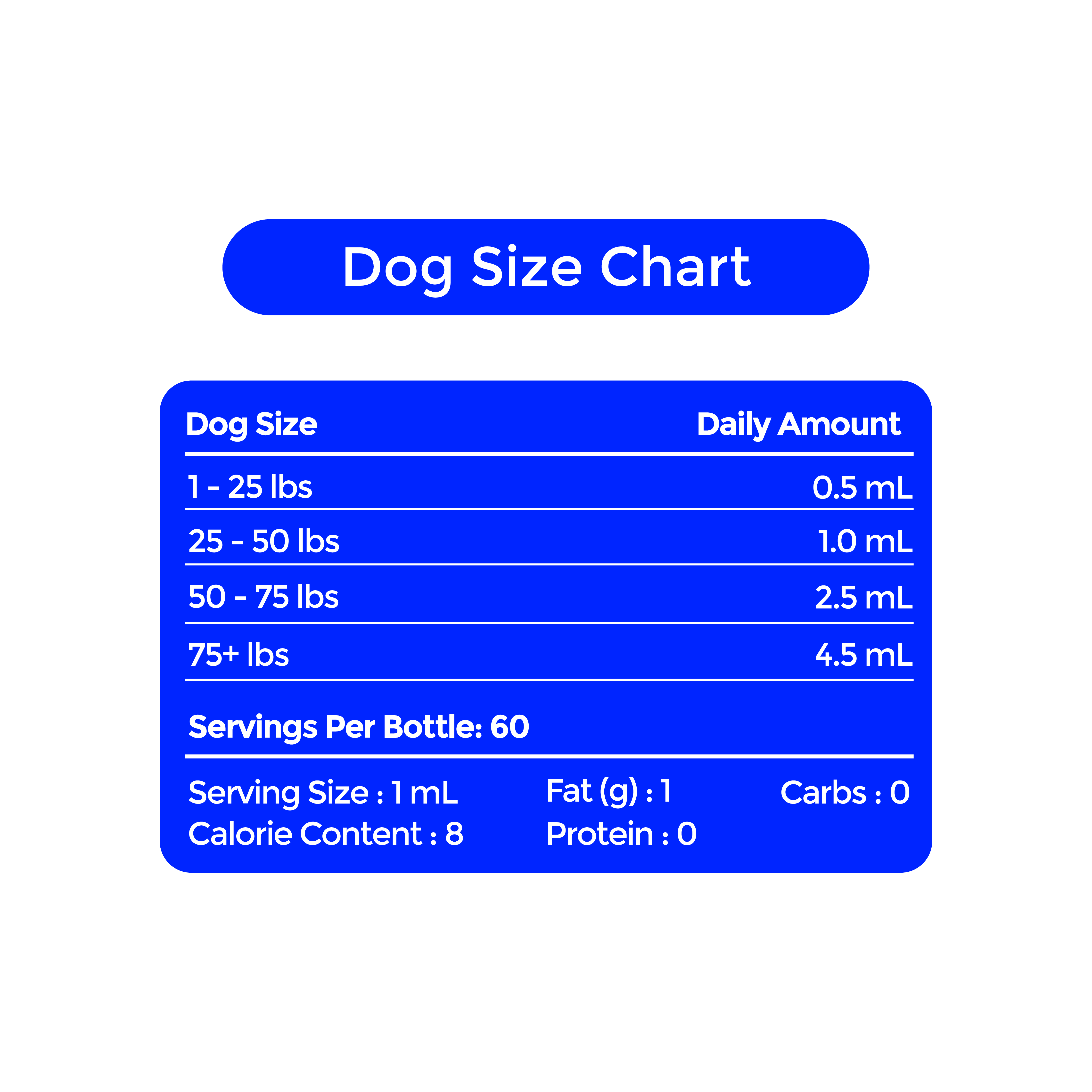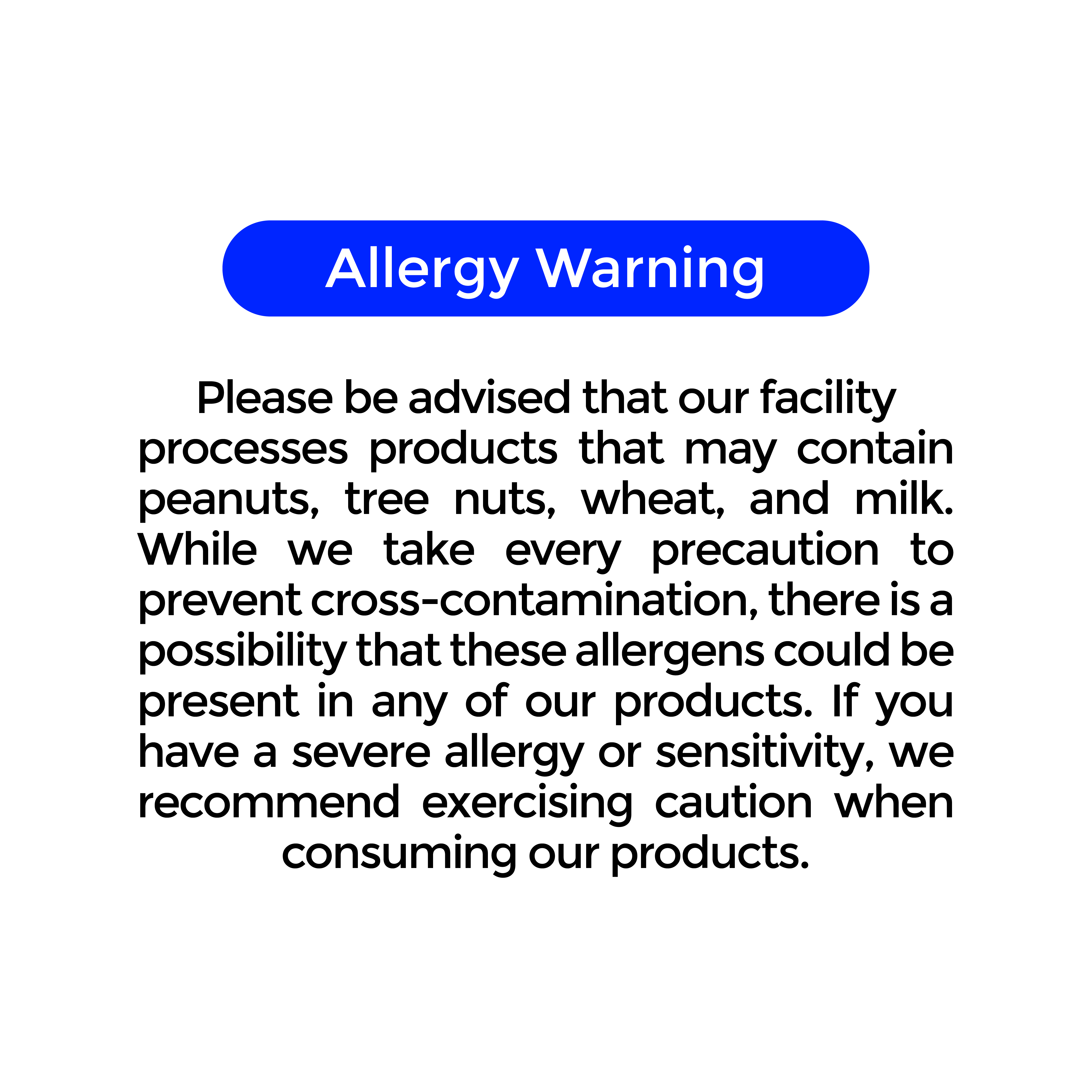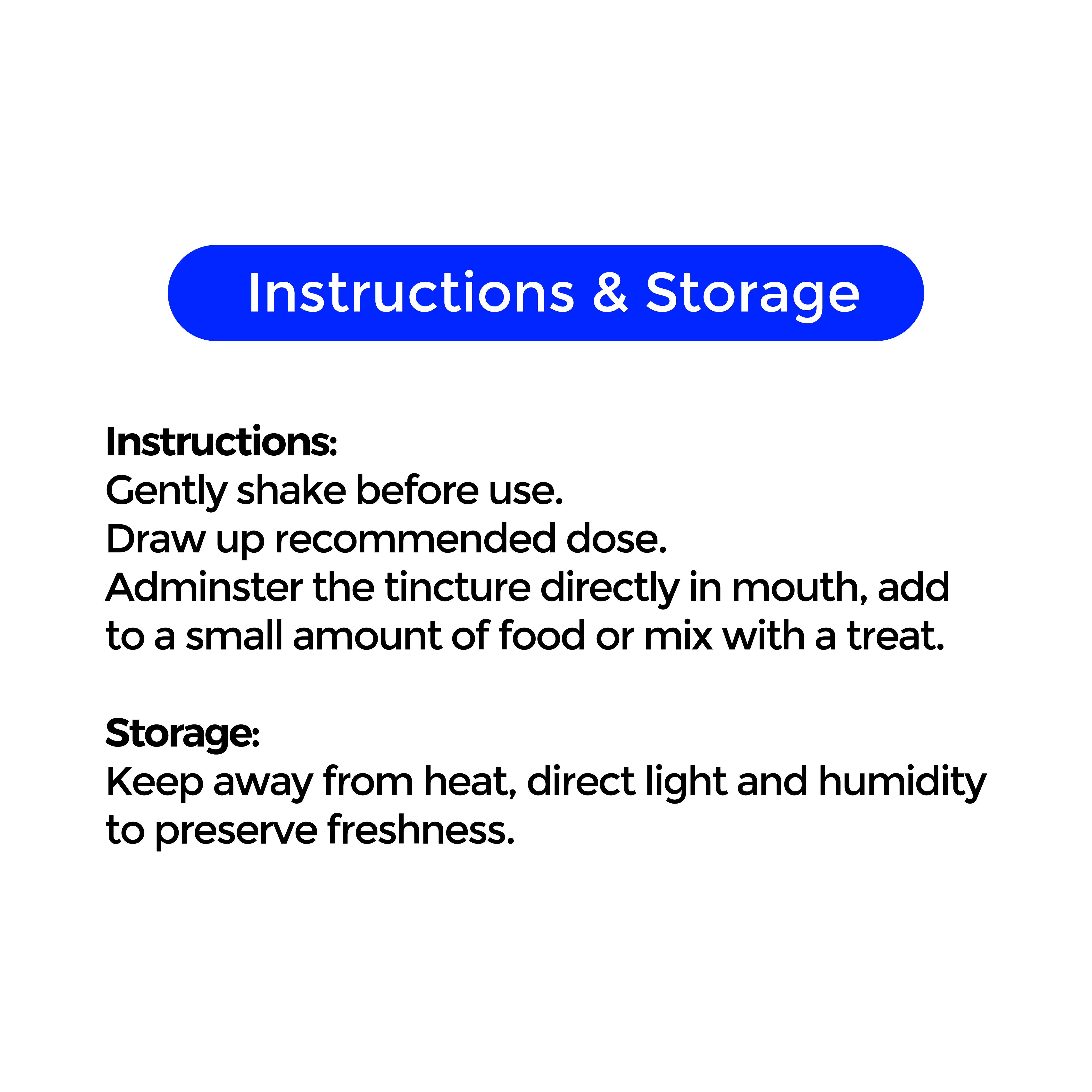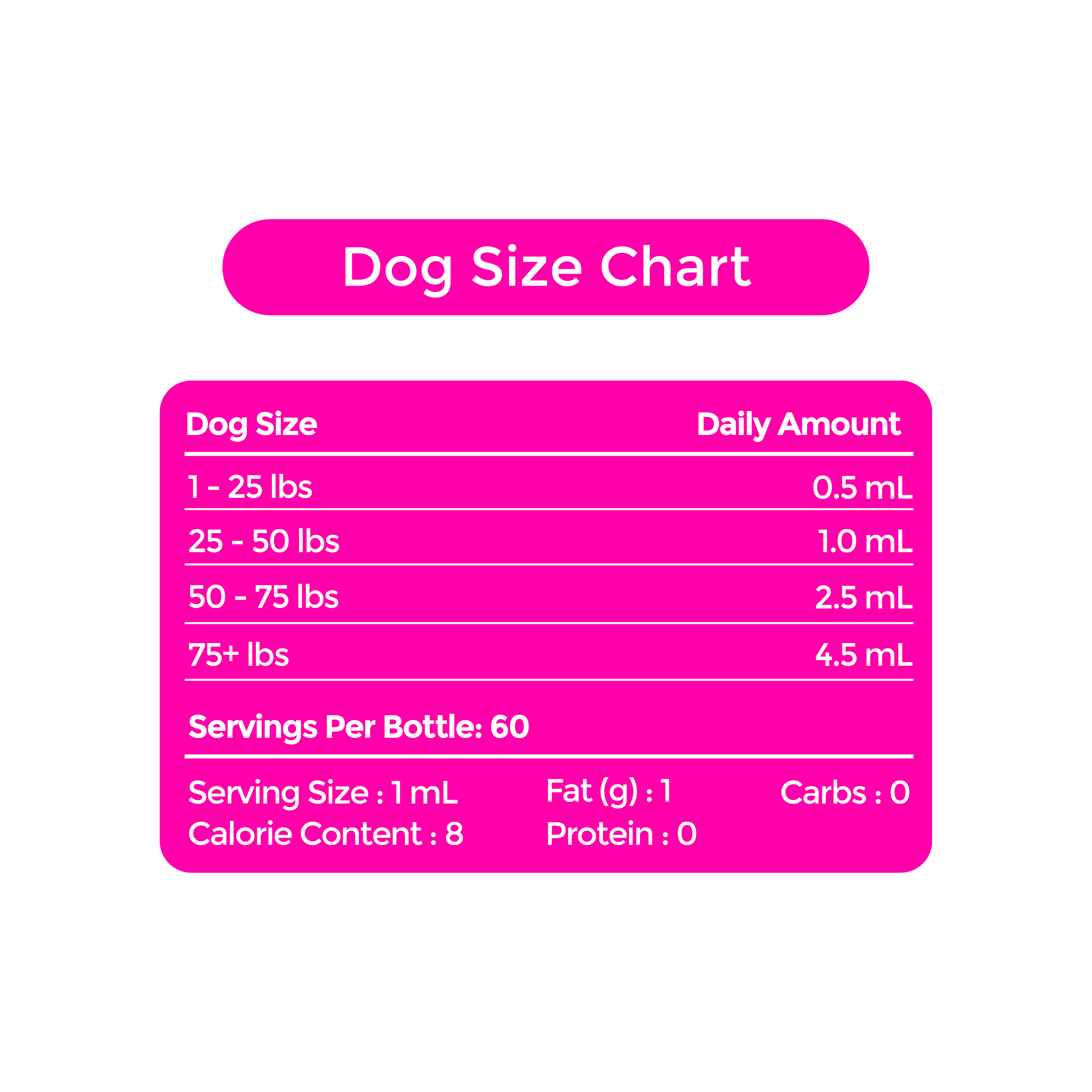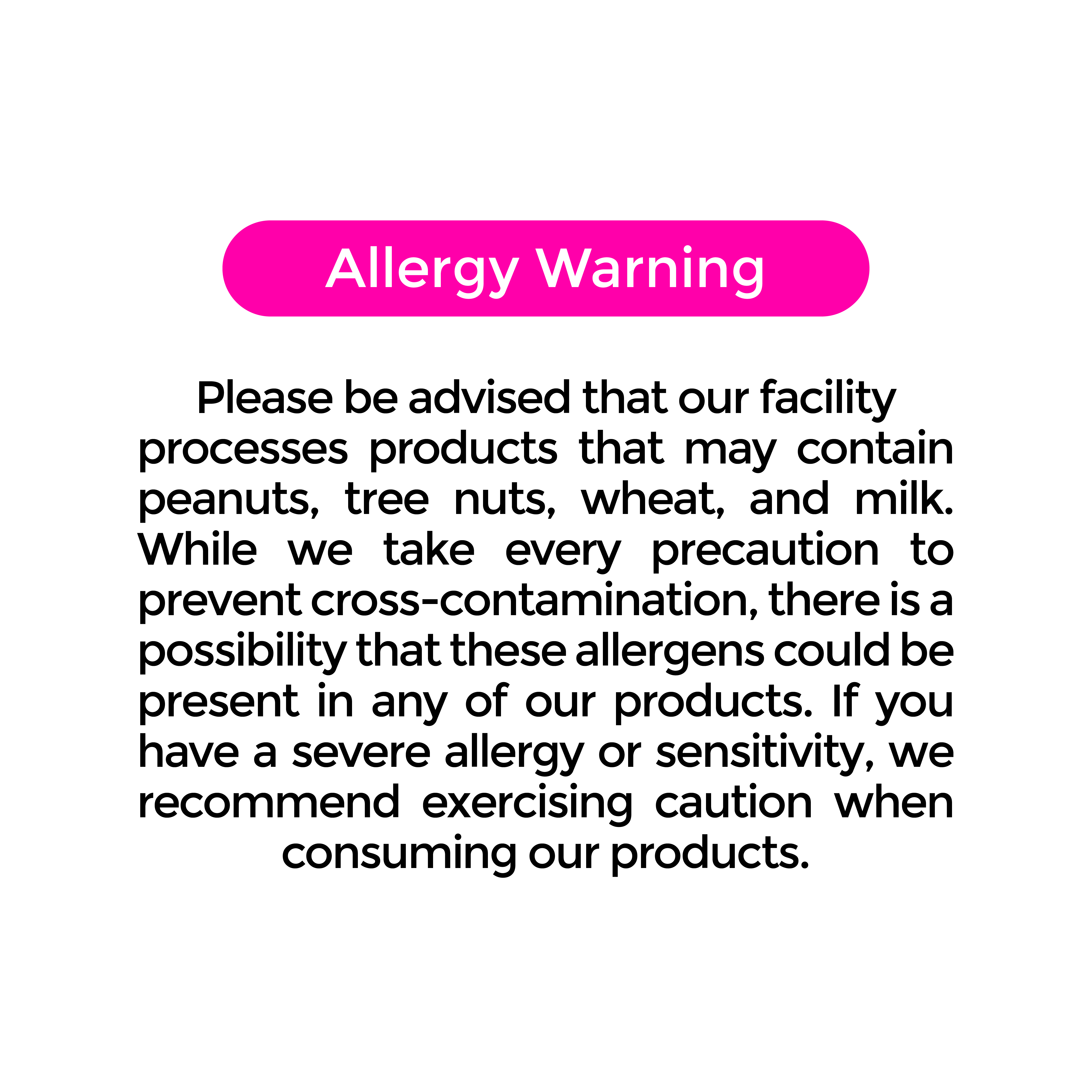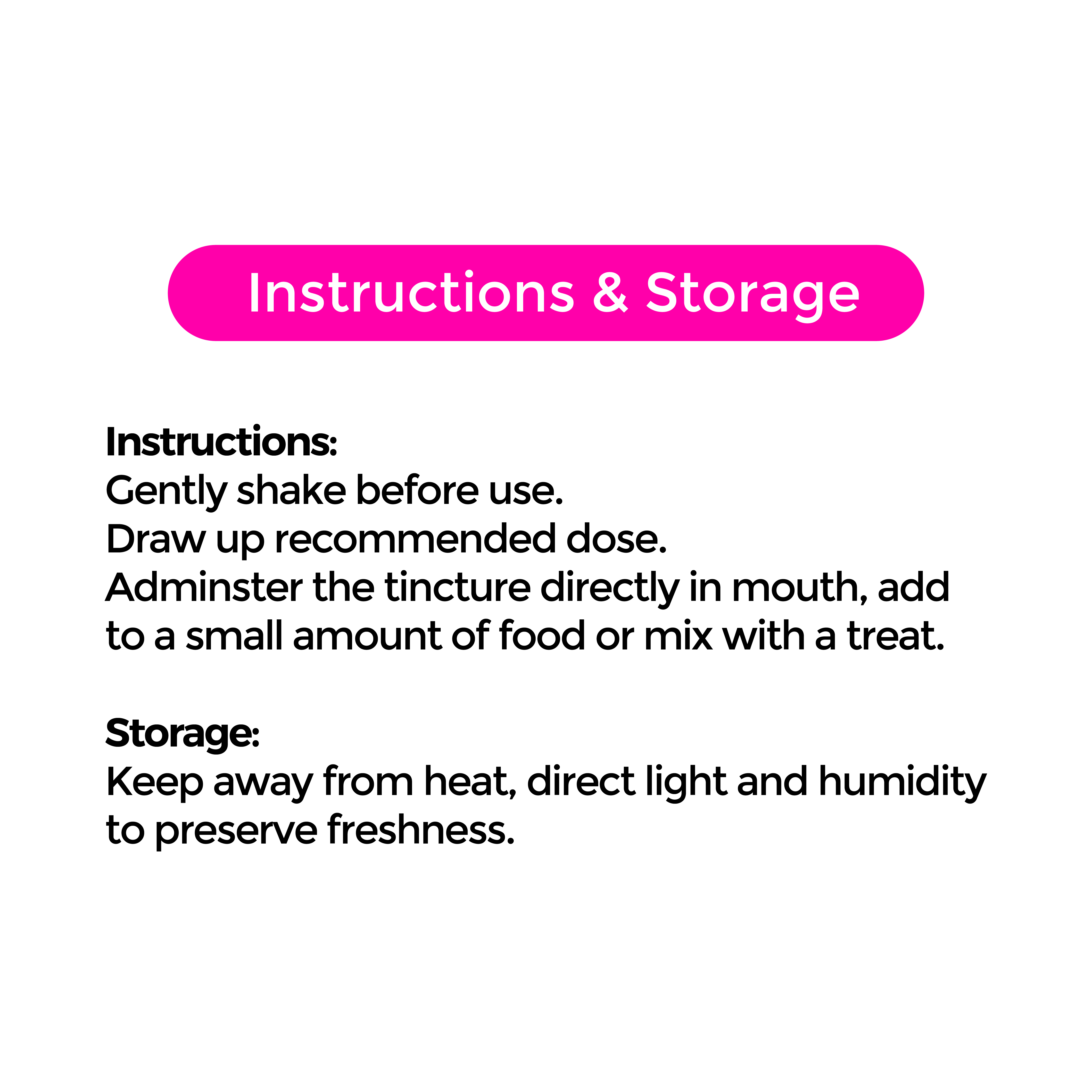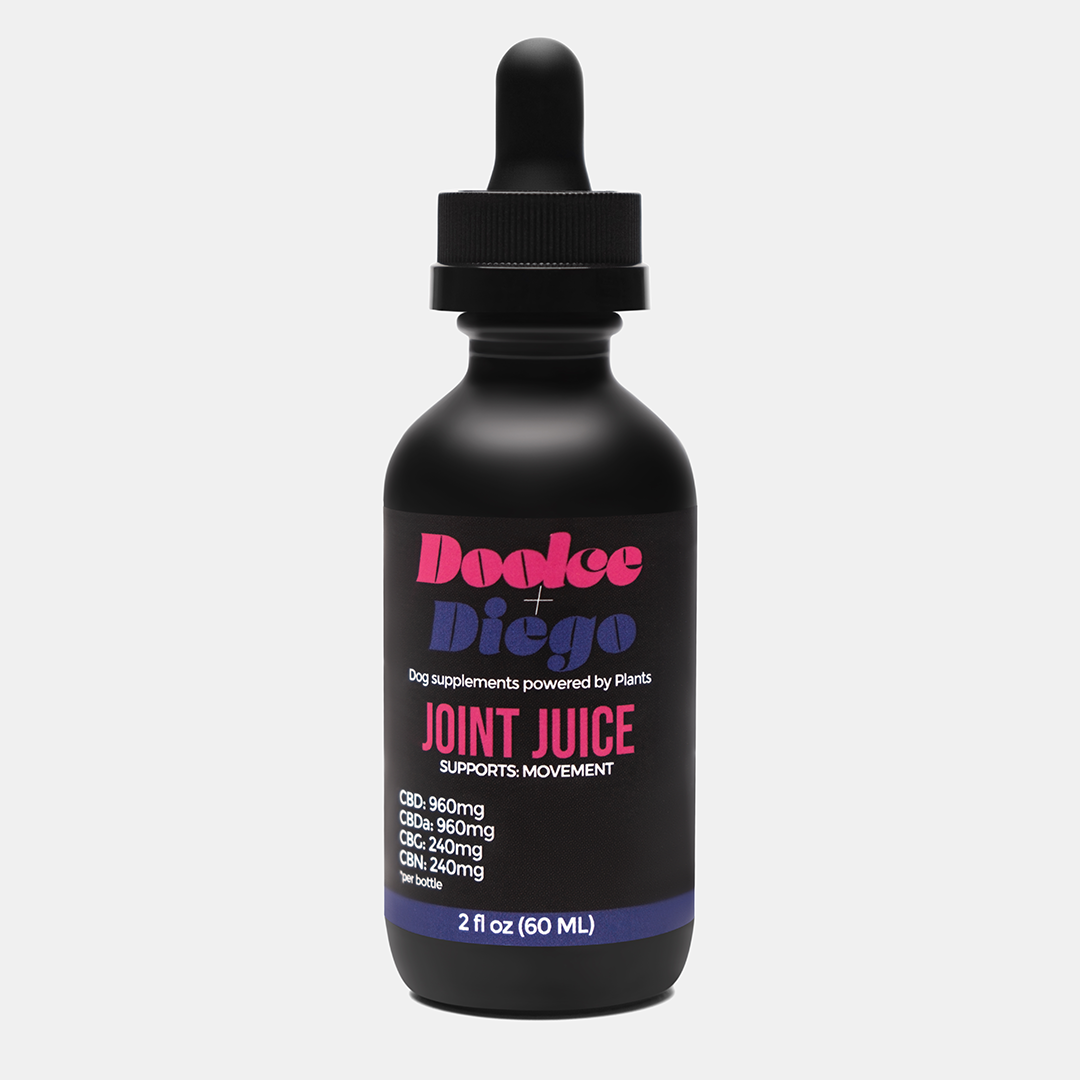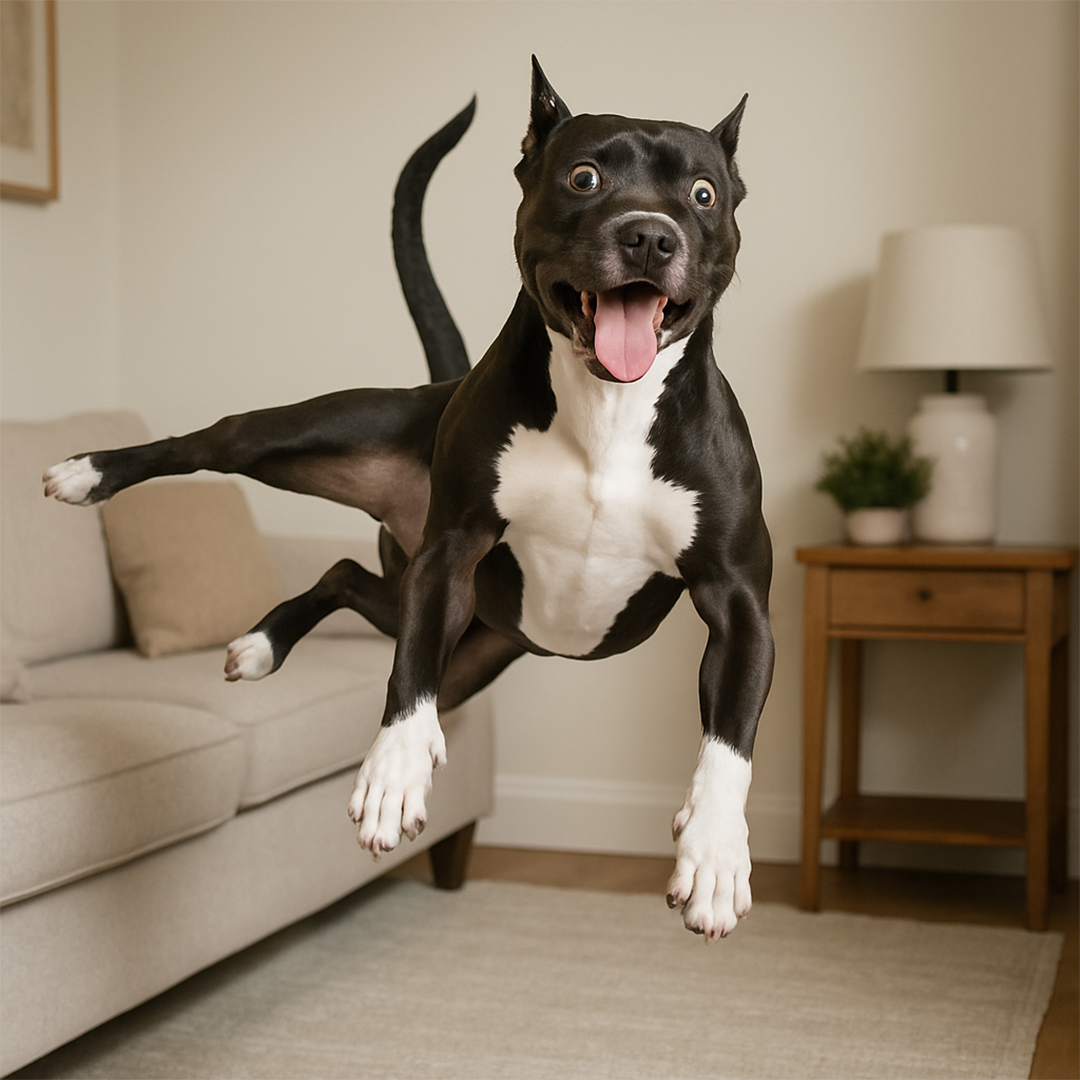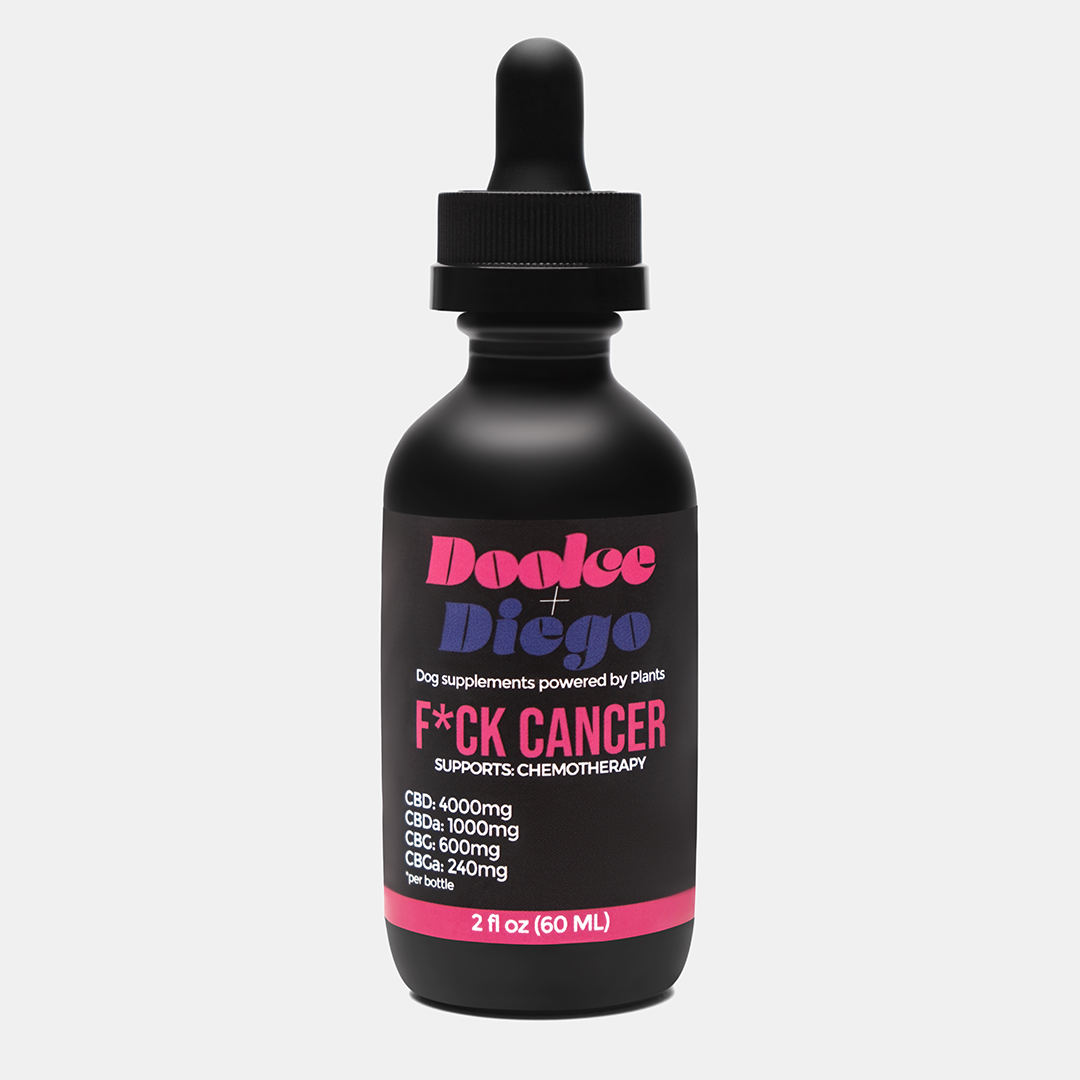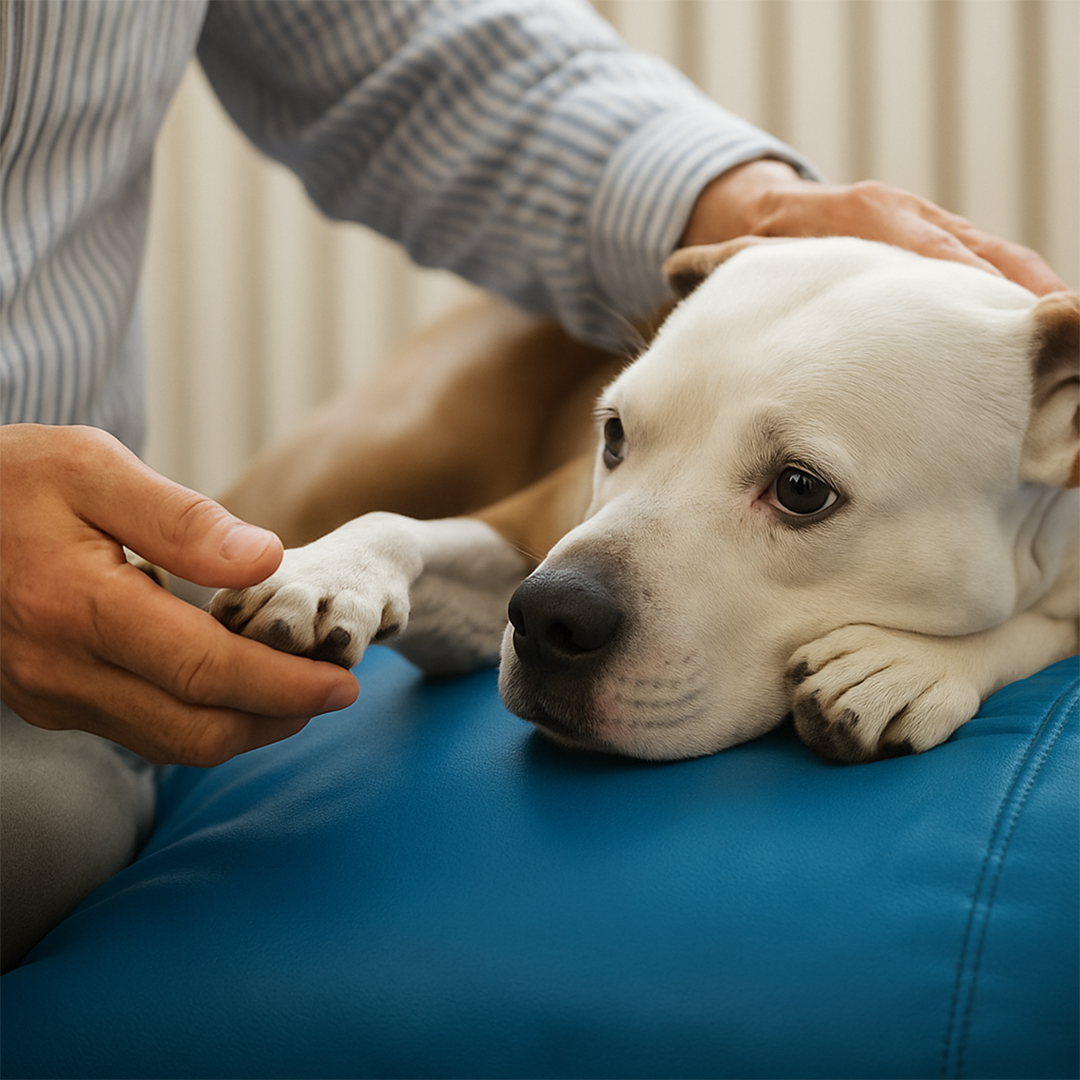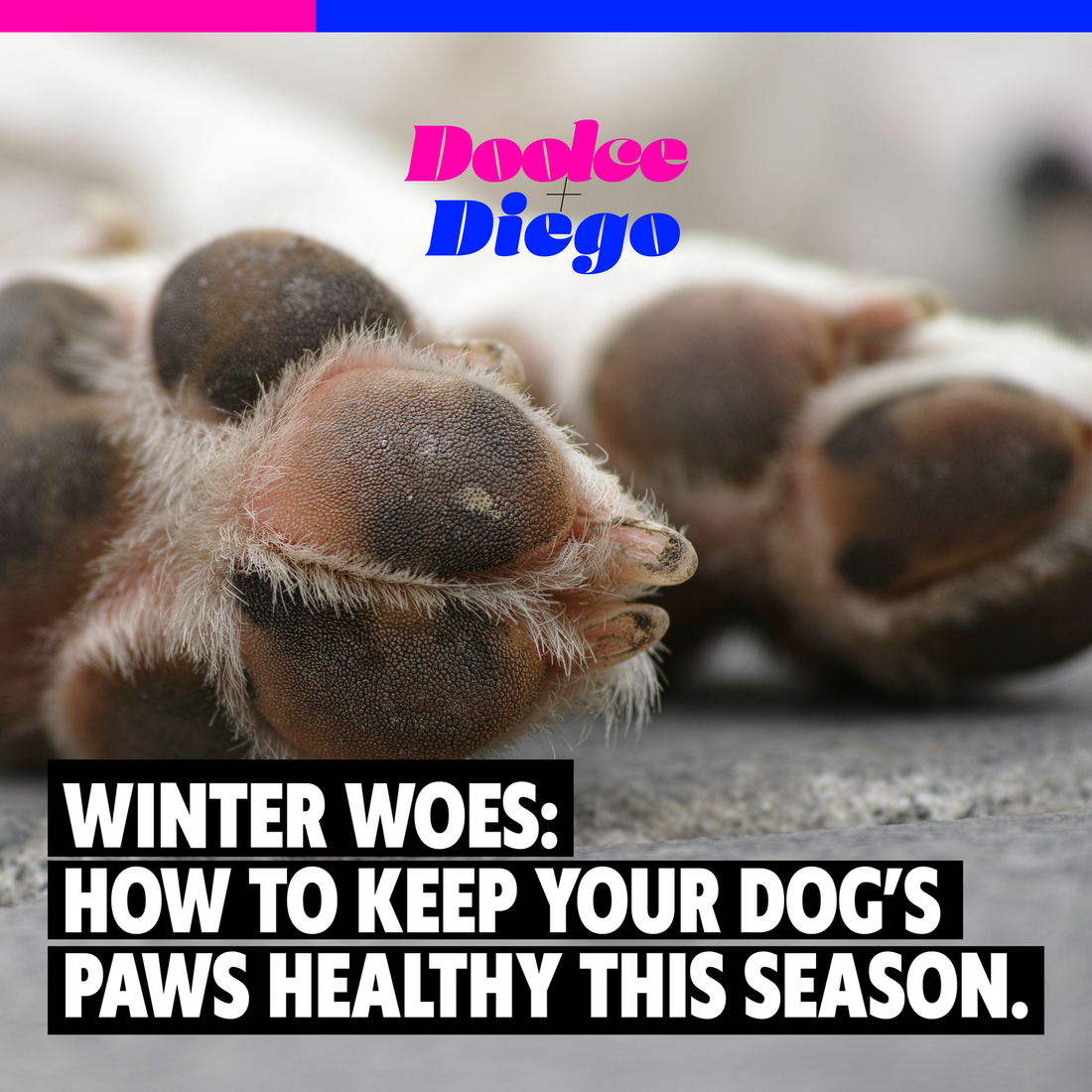
Winter Woes: How to Keep Your Dog’s Paws Healthy This Season
Snow-covered sidewalks, chilly strolls, and muddy trails—winter can be magical, but it’s tough on your dog’s paws. Between freezing temperatures, salt-covered streets, and slushy messes, your pup’s paws are taking a beating, even if they don’t show it. And since dogs can’t exactly throw on a pair of boots (well, most of them can’t), it’s up to you to keep those paws happy and healthy all season long.
Here’s how to step up your paw-care game this winter.
What’s Winter Doing to Your Dog’s Paws?
Winter weather might look pretty, but it’s hiding some serious paw hazards:
-
Salt and De-Icers: Sidewalk salt and de-icing chemicals can cause dryness, cracks, and even burns on your dog’s paws. Plus, if they lick their paws afterward, those chemicals can be toxic.
-
Cold Temperatures: Sub-zero temps can leave paws chapped, cracked, or numb. Think of it like chapped lips—but for your dog’s feet.
-
Snow & Ice Buildup: Snow can clump between paw pads, making walking uncomfortable, while ice shards can cause tiny cuts.
-
Mud and Moisture: Wet, muddy paws might look harmless, but trapped moisture can cause irritation or even bacterial issues.
Tips for Protecting Your Dog’s Paws This Winter
Clean Those Paws After Every Walk
Salt, snow, and grime don’t belong in your house—or on your dog. After every walk, wipe down their paws with a damp cloth or paw wipes to remove salt and chemicals. Make it a routine, and they’ll (eventually) get used to the post-walk cleanup.
-
Moisturize Like You Mean It
Dry winter air isn’t just harsh on your skin—it’s rough on your dog’s paws too. Use a dog-safe paw balm or moisturizer to keep their paw pads soft, supple, and crack-free. Bonus: Apply before walks to create a protective layer against salt and ice. -
Invest in Dog Booties
Booties aren’t just cute—they’re functional. A good pair of waterproof dog boots can protect against ice, salt, and freezing ground temperatures. If your pup is not about that bootie life, try a paw wax like Musher’s Secret for a protective barrier. -
Trim That Paw Fur
Long fur between paw pads is like a magnet for snow, ice, and mud. Keep the fur neatly trimmed to prevent buildup and discomfort. Bonus points for avoiding messy paw prints in your house, too. -
Watch Out for Cracks and Cuts
Check your dog’s paws regularly for signs of damage—cracks, redness, or tiny cuts. If you notice anything, clean their paws gently and apply a dog-friendly balm. For anything serious, give your vet a call. -
Stay Hydrated
Dry, cracked paws can also be a sign of dehydration. Make sure your dog has access to plenty of fresh water, even when it’s cold. Hydrated pups = hydrated paws.
Signs Your Dog’s Paws Need Some TLC
Your dog might not complain, but their paws will tell you when something’s wrong. Look out for:
-
Limping or avoiding walks
-
Excessive licking of paws
-
Cracks, bleeding, or redness
-
Snow or salt stuck between paw pads
If you spot any of these signs, it’s time to step up the paw-care routine—or call your vet if things look serious.
Your dog’s paws are their connection to the world, so let’s keep them in top shape this winter. With a little extra care—think cleaning, moisturizing, and maybe a stylish pair of booties—your pup can keep strutting through snow, mud, and ice like the superstar they are.
Because happy paws = happy dog. And happy dogs? Well, they make winter walks totally worth it.


